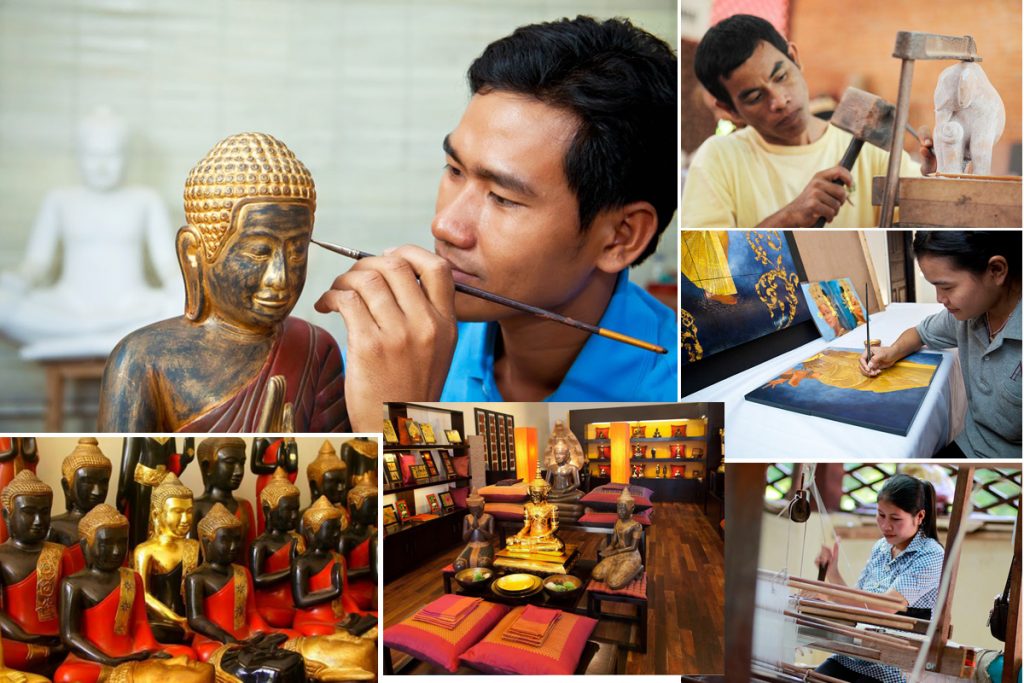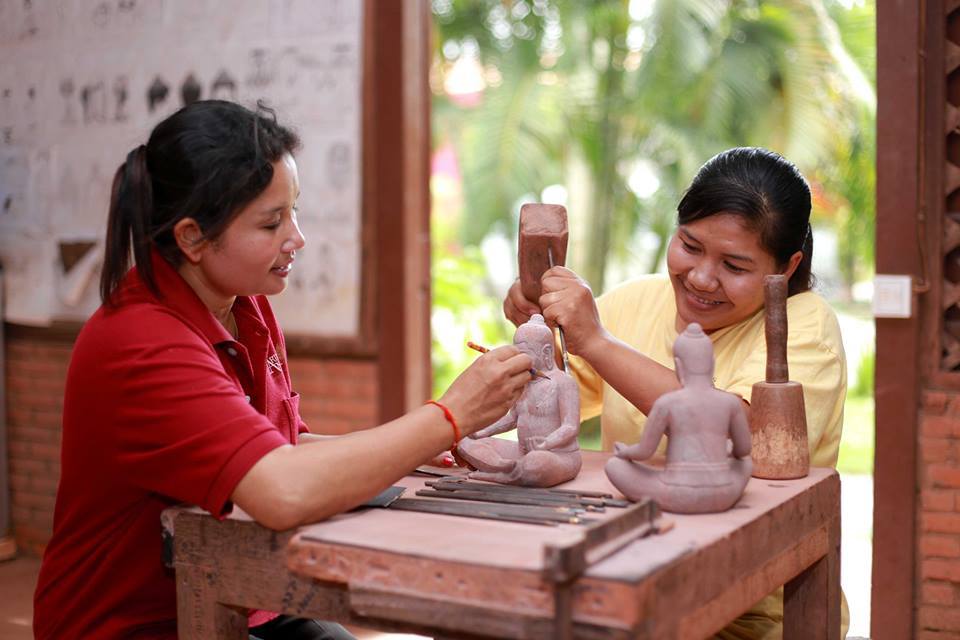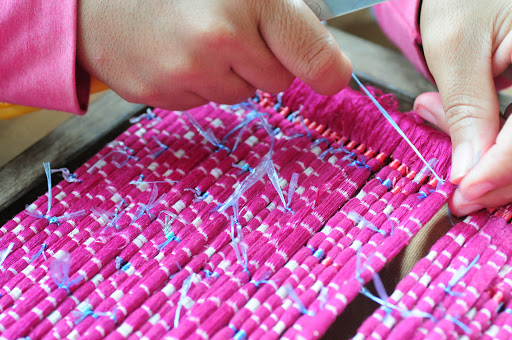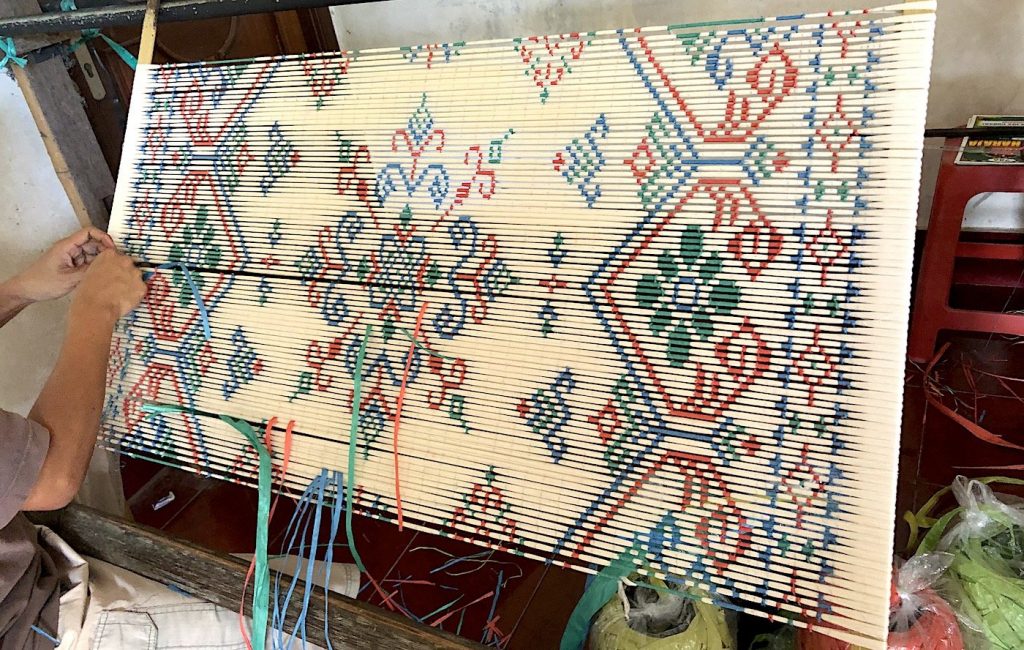Artisans Angkor was founded in 1992. It was created as part of a three-year project to integrate young artisans trained by the Chantiers-Ecoles de Formation Professionnelle – whose objective is to revive traditional craft skills (stone carving, wood carving, lacquering, gilding and silk processing). The institute places a strong emphasis on the authenticity of its products to the Khmer culture. In 2003, it became a limited company with minor public participation and are now completely self-financed.

The company has developed its own training program in the craft sector, giving young Cambodians aged from 18 to 25 years free vocational training in stone or wood carving, or lacquering, or silver plating. Young people mostly from remote rural areas close to a new workshop built by Artisans Angkor can apply for this training; they have to pass some manual and motivational tests. The compensated training period lasts from 6 to 9 months and at the end of this apprenticeship, the trainees are granted the status of “artisans”. If they wish, they can then join Artisans Angkor where an employment opportunity is guaranteed to them.

In 2013, Artisans Angkor employs more than 1300 people, of whom 900 are craftsmen and women working in 48 different workshops in the Siem Reap Province. The company provides a higher salary than the average wages in the sector and provides its employees with medical insurance and other benefits.
The Ikat technique (also called “chong kiet” in Khmer) is one of the most ancient weaving techniques in the world and is used to create designs in fabrics. This is also one of the precious Khmer craftsmanship that Artisans Angkor strives to preserve and develop.

In this technique, the artisans create a tight knot resistant to dyes which forms an original pattern with the complex intertwining of the warp thread and the weft thread.
One of the most famous and gorgeous kinds of silk fabrics in Cambodia is called “Hol Lboeuk” and can only be created with the Ikat technique. Successive tying-in and dyeing process with different colours will yield the fabric geometric or floral motifs.

According to en.wikipedia.org and tourismcambodia.com











